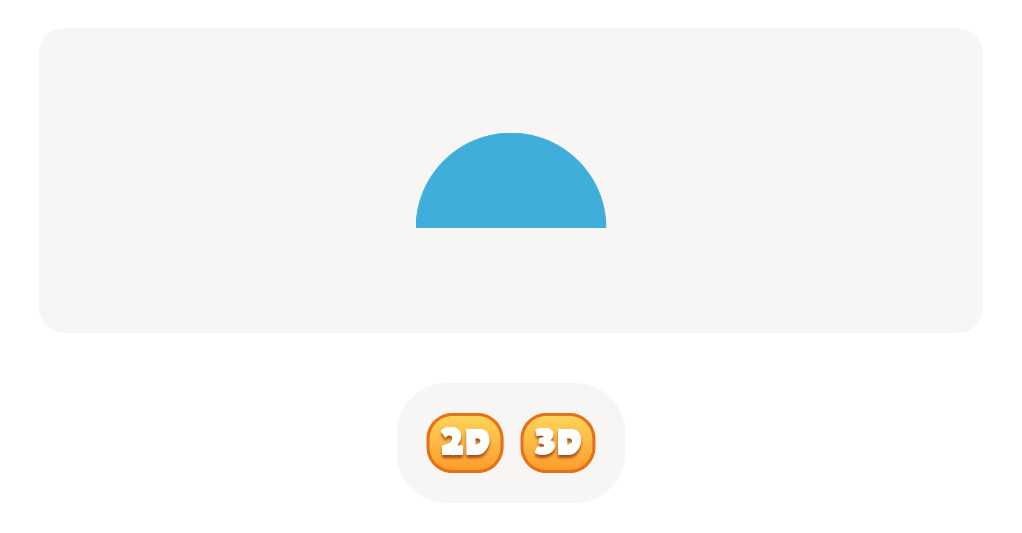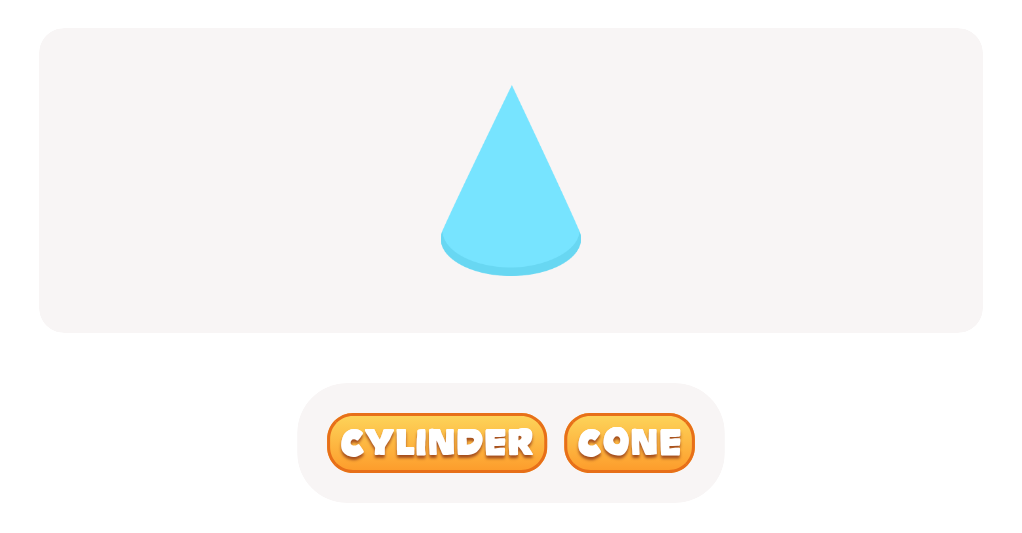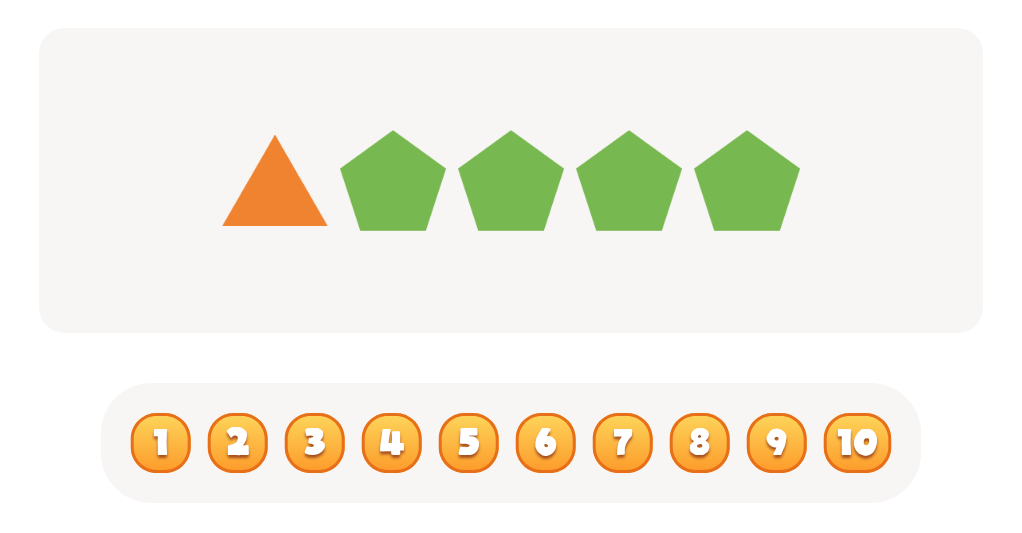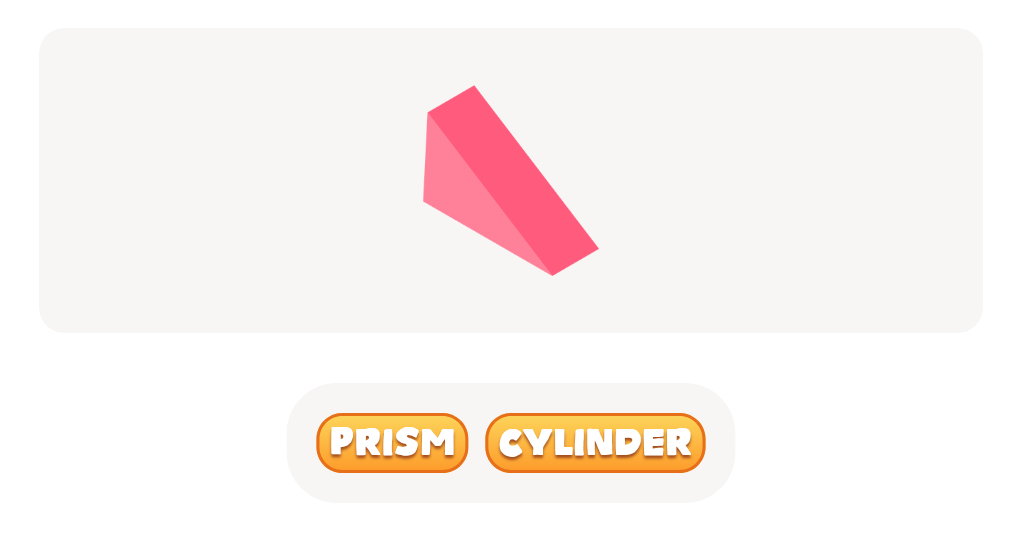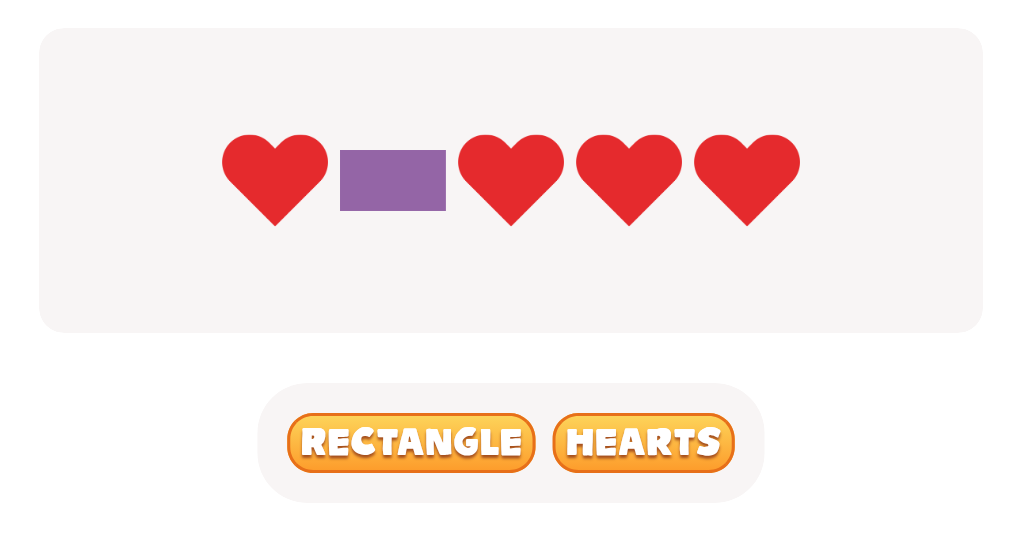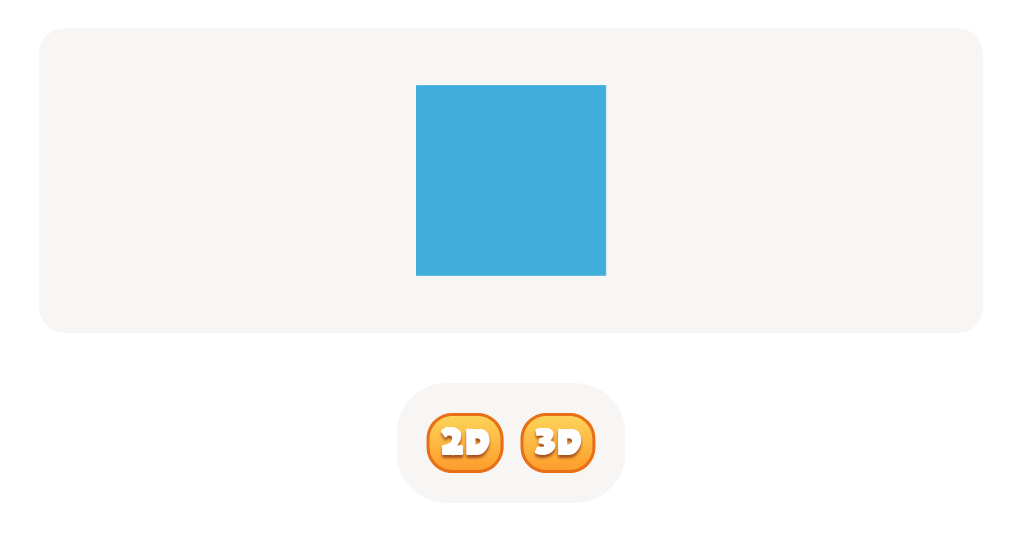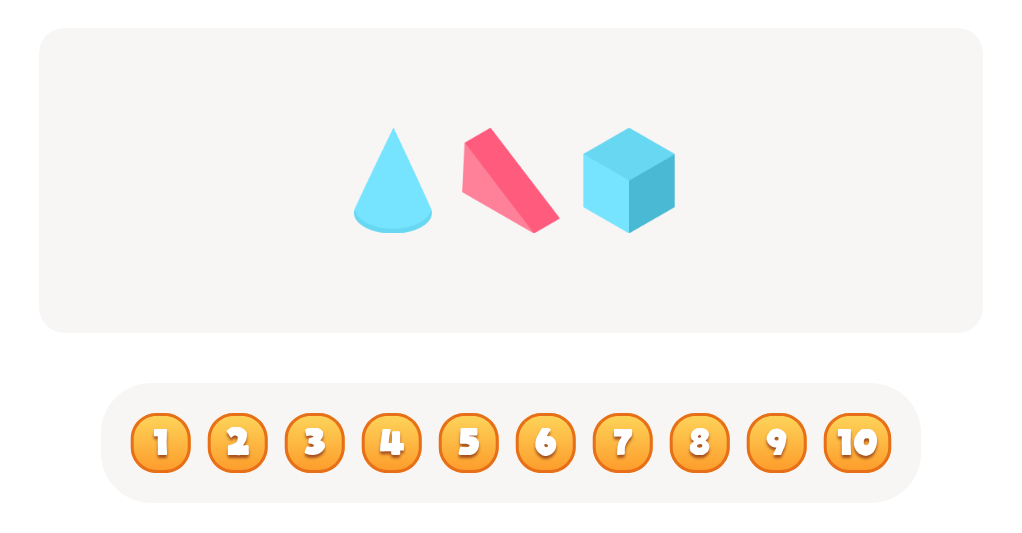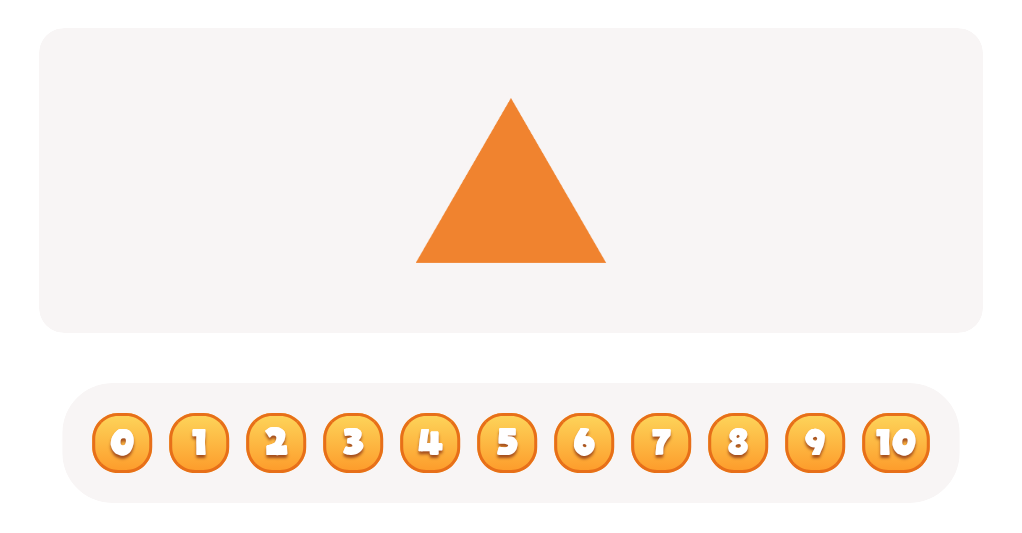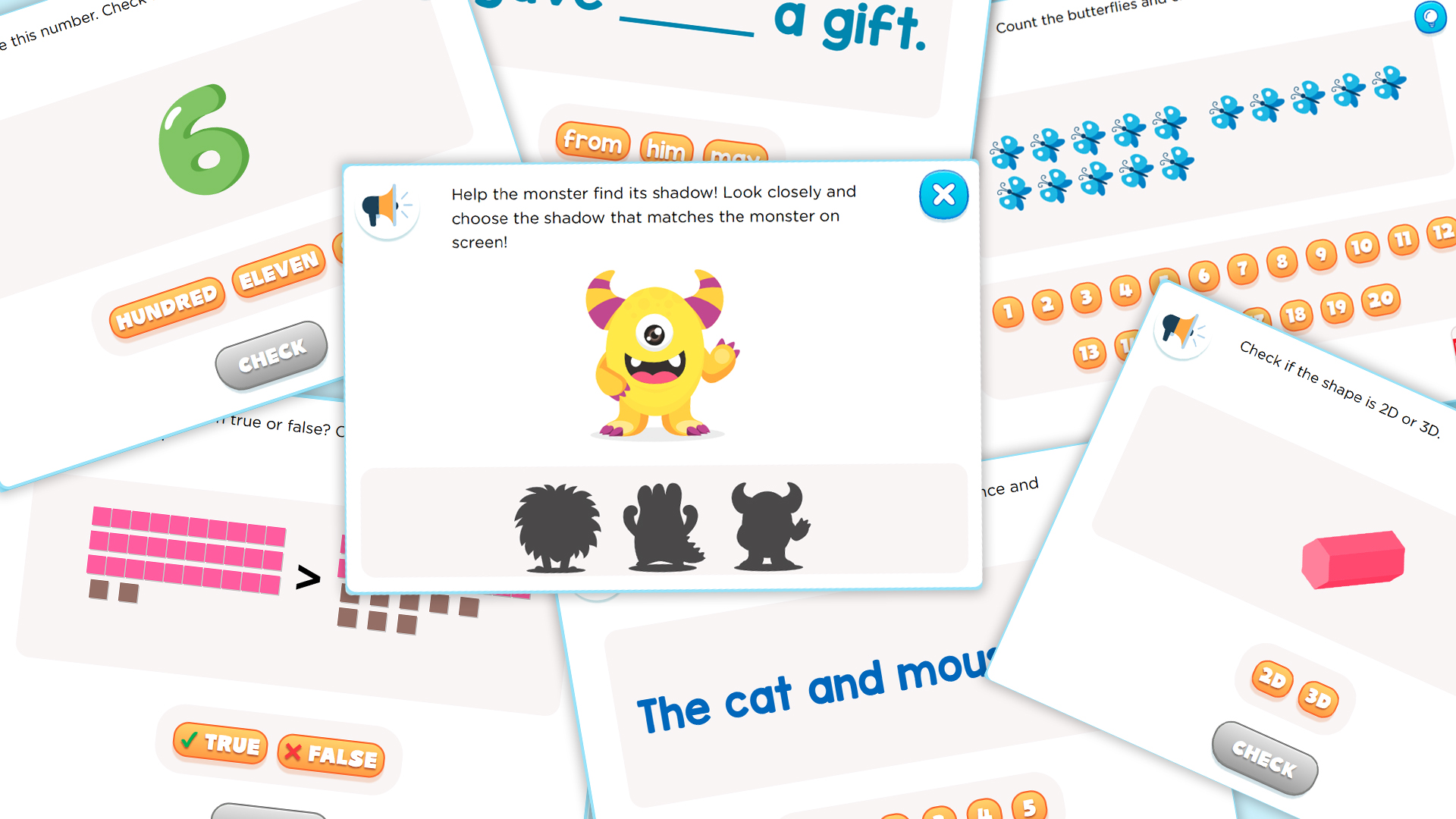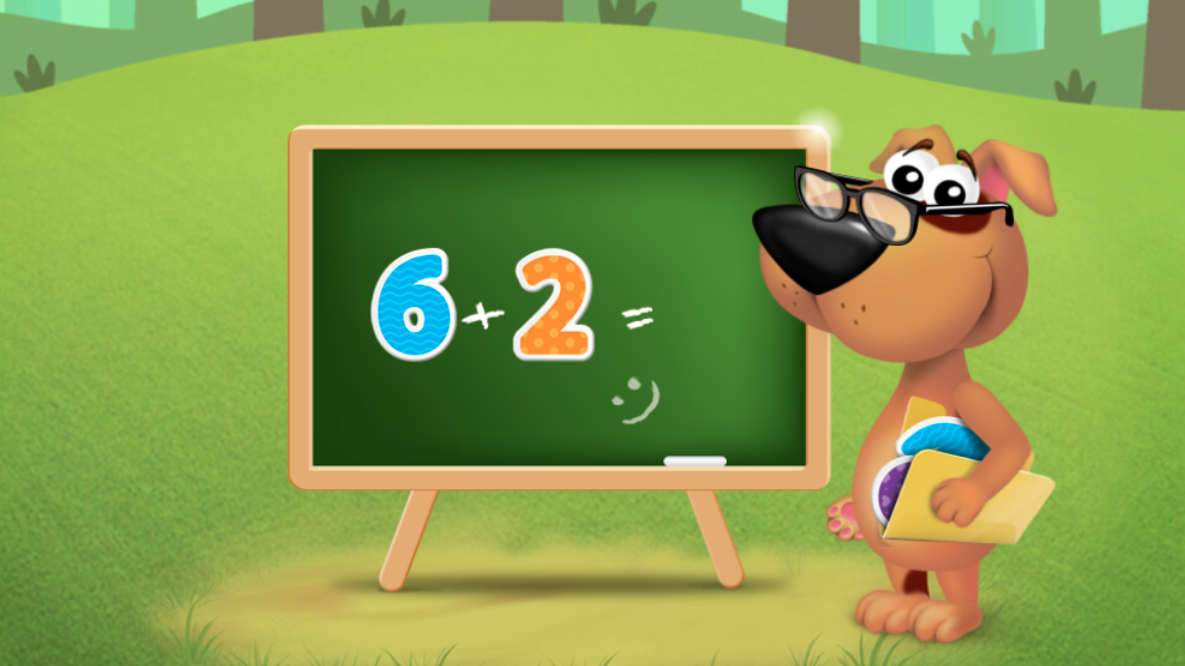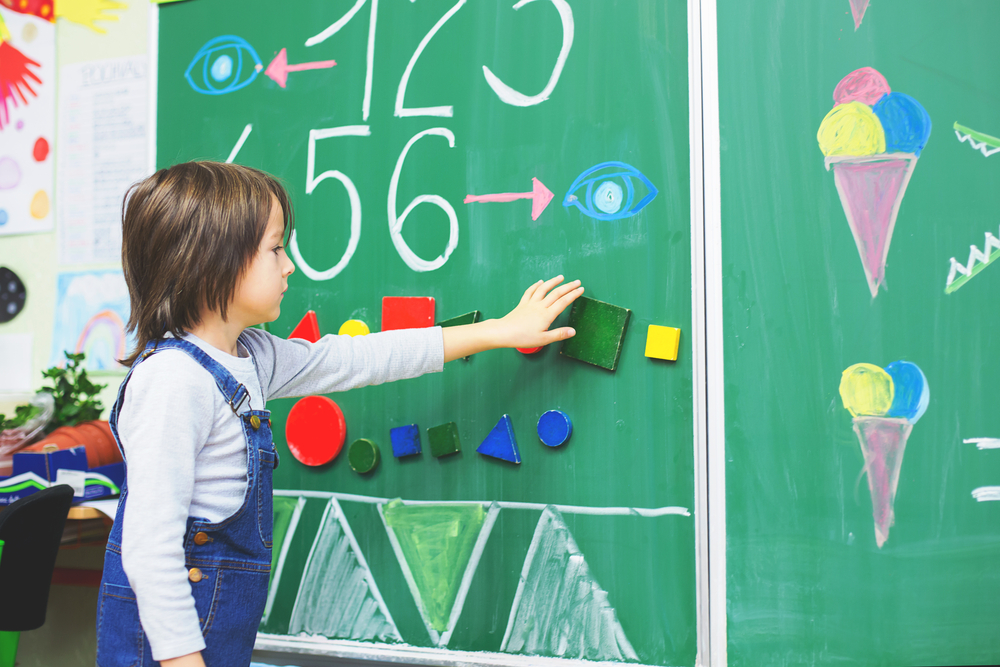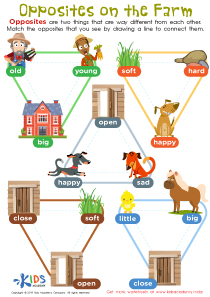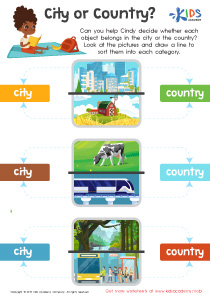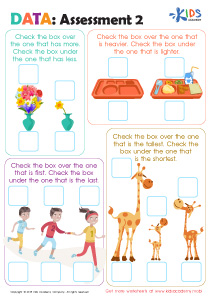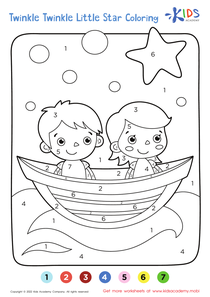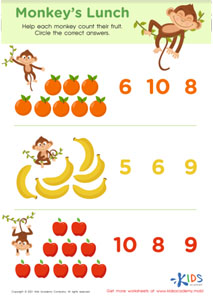Visual perception Geometry Worksheets for Ages 4-5
5 filtered results
-
From - To
Discover engaging Visual Perception Geometry Worksheets designed specifically for children aged 4-5. These interactive activities foster essential visual skills while introducing young learners to basic geometric shapes and concepts. Each worksheet encourages exploration through fun exercises that promote shape recognition, spatial awareness, and problem-solving abilities. With colorful illustrations and age-appropriate challenges, kids will enhance their visual perception, crucial for mathematical understanding and early cognitive development. Perfect for at-home learning or classroom settings, our worksheets support early education goals and cultivate a love for math in preschoolers. Encourage your child's learning journey with these exciting, hands-on geometry activities today!
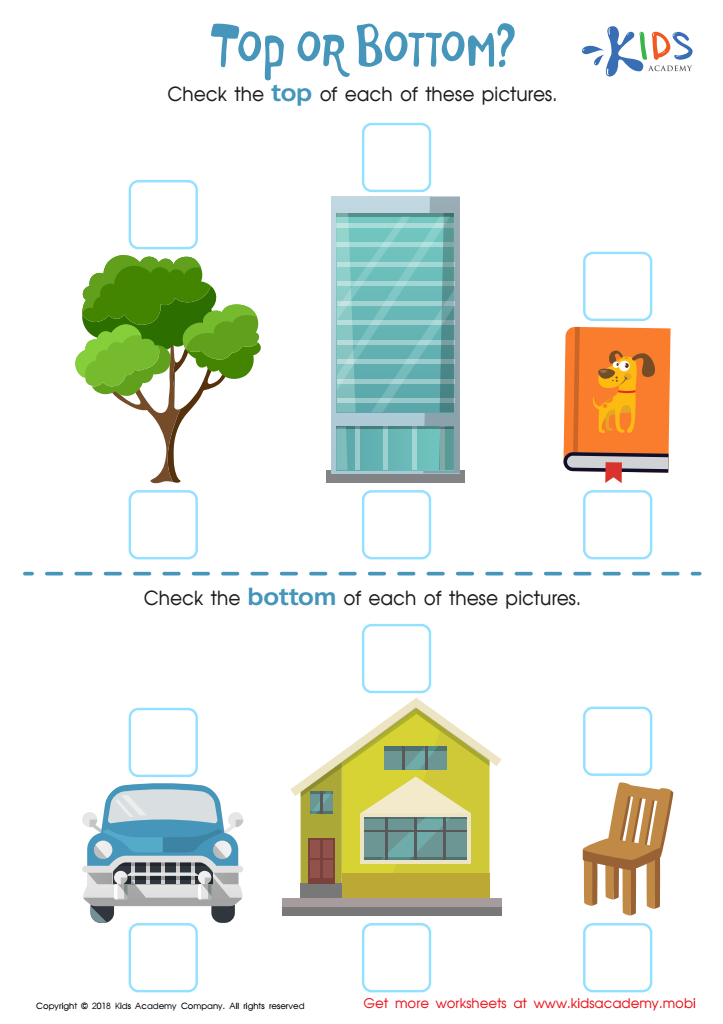

Top or Bottom Worksheet
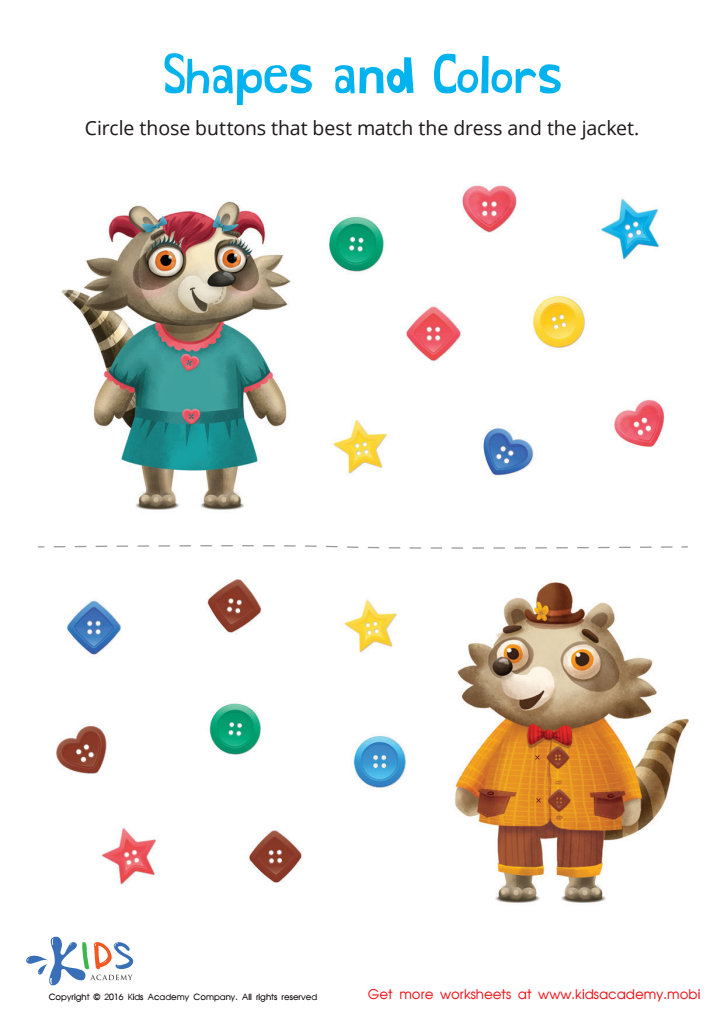

Matching: Shapes and Colors Worksheet
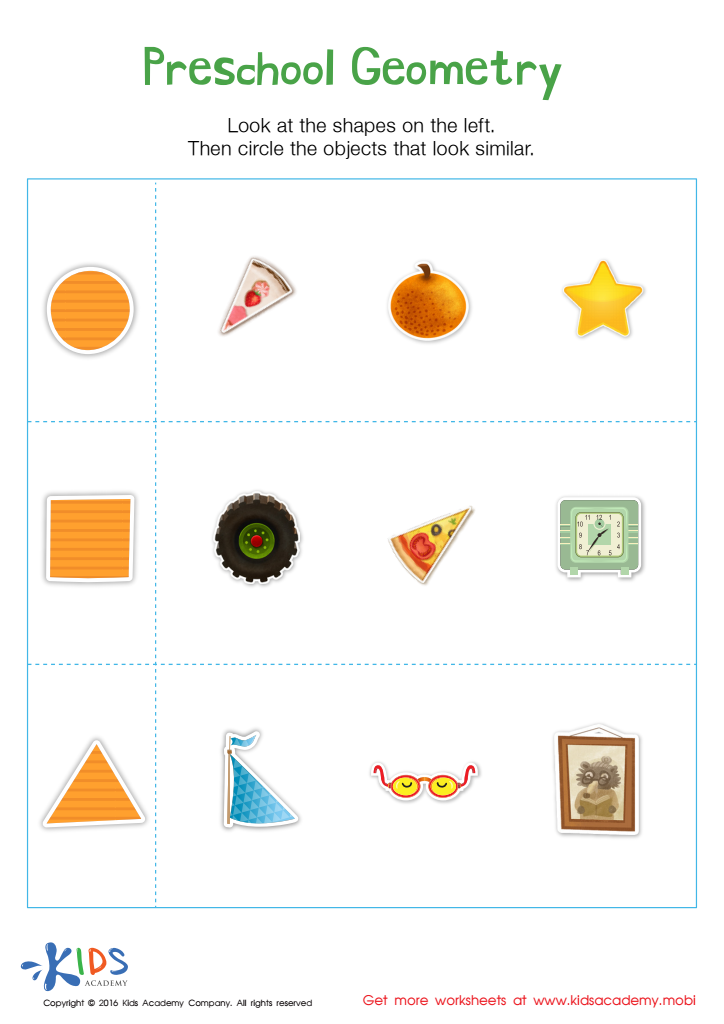

Preschool Geometry Match Up Worksheet
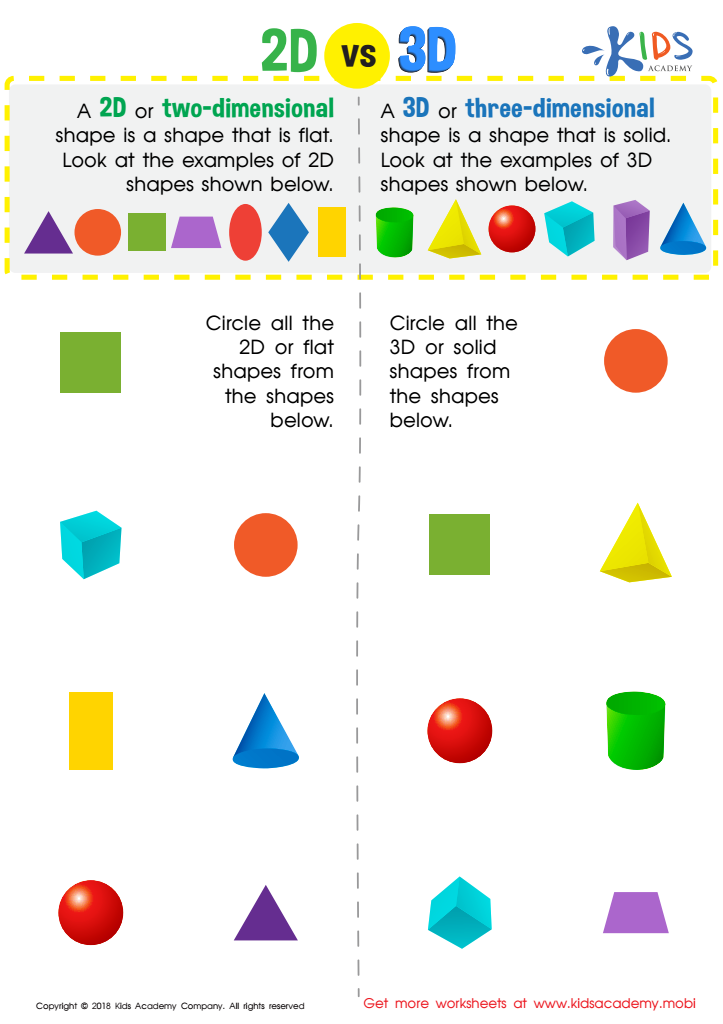

2D vs 3D Shapes Worksheet
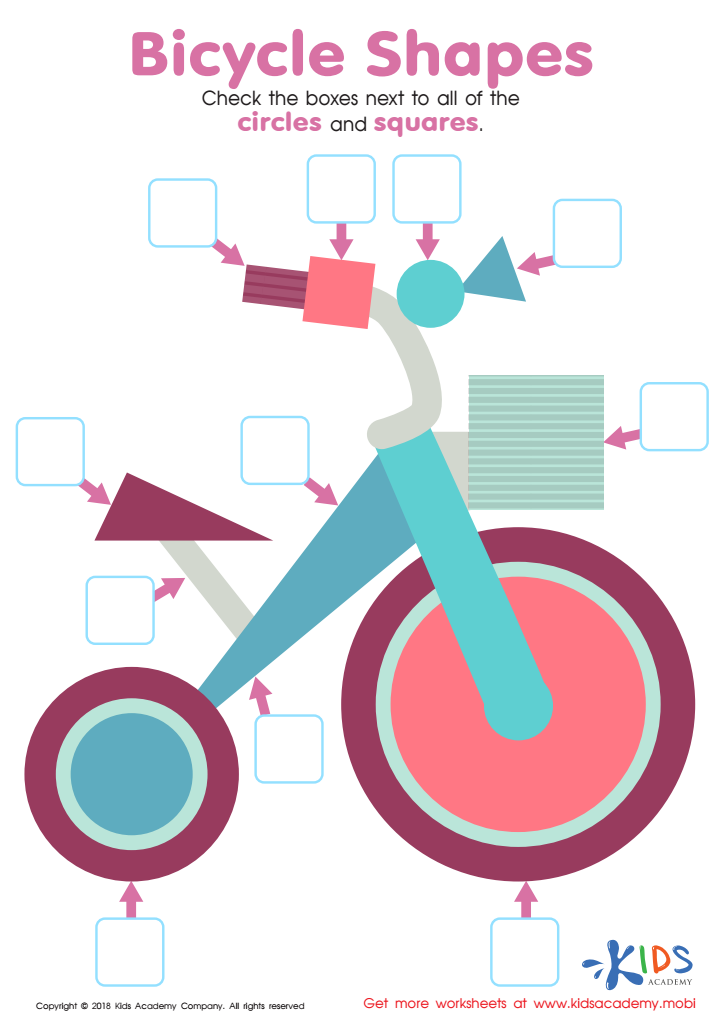

Bicycle Shapes Worksheet
Visual perception plays a crucial role in the development of geometry skills in young children aged 4-5. At this age, children are naturally curious and eager to explore their surroundings, making it an ideal time to nurture their geometric understanding.
Parents and teachers should care about visual perception in geometry because it forms the foundation for critical thinking and problem-solving abilities. Through visual perception activities, children learn to recognize shapes, understand spatial relationships, and distinguish between sizes and orientations. These skills are not only vital for mathematics but also enhance cognitive abilities that are fundamental in everyday life.
Engaging children in geometry-related activities—such as sorting shapes, building with blocks, or completing puzzles—helps improve their observational skills and boosts their confidence in tackling math concepts. Moreover, visual perception strengthens language development, as children begin to associate shapes with their names and characteristics.
By fostering a strong understanding of visual perception in geometry, parents and teachers prepare children for future academic success in mathematics and science. Encouraging exploration and discussion of shapes and spatial awareness not only aids in mathematical comprehension but also supports overall cognitive development, laying a solid foundation for lifelong learning.
 Assign to My Students
Assign to My Students
